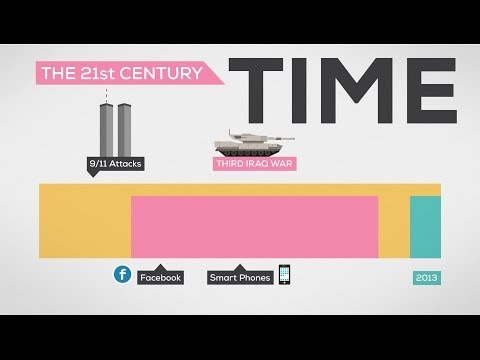2.5 Chapter Resources
Summary
Matter is anything that occupies space and has mass. It is made up of atoms of different elements. Elements that occur naturally have unique qualities that allow them to combine in various ways to create compounds or molecules. Atoms, which consist of protons, neutrons, and electrons, are the smallest units of an element that retain all of the properties of that element. Electrons can be donated or shared between atoms to create bonds, including ionic, covalent, and hydrogen bonds. The pH of a solution is a measure of the concentration of hydrogen ions in the solution. Living things are carbon-based because carbon plays such a prominent role in the chemistry of living things.
A cell is the smallest unit of life. Most cells are so small that they cannot be viewed with the naked eye. The unified cell theory states that all organisms are composed of one or more cells, the cell is the basic unit of life, and new cells arise from existing cells. Each cell runs on the chemical energy found mainly in carbohydrate molecules (food), and the majority of these molecules are produced by one process: photosynthesis. Through photosynthesis, certain organisms convert solar energy (sunlight) into chemical energy, which is then used to build carbohydrate molecules. Directly or indirectly, the process of photosynthesis provides most of the energy required by living things on earth. Photosynthesis also results in the release of oxygen into the atmosphere. In short, to eat and breathe, humans depend almost entirely on the organisms that carry out photosynthesis.
Review Questions
- What is matter?
- What are elements?
- Describe the interrelationship between protons, neutrons, and electrons, and the ways in which electrons can be donated or shared between atoms.
- What is energy? Describe the two major types of energy.
- Why is it often said that life is “carbon-based”?
- Describe the roles of cells in organisms.
- What is the cell theory?
- Name examples of prokaryotic and eukaryotic organisms.
- How are photosynthesis and cellular respiration complementary processes?
- Why are carnivores, such as lions, dependent on photosynthesis to survive?
Additional Materials:

Attributions
CK12. (2014). Biology. Retrieved from http://www.ck12.org/user%3AZ3JlZ29yLmRpZXRlcmxlQGhvcml6b25jbGMub3Jn/book/CK-12-Biology/r1/. Available under Creative Commons Attribution-NonCommercial 3.0 Unported License. (CC BY-NC 3.0). Modified from Original.
CK12. (2014). Photosynthesis. Retrieved from http://www.ck12.org/section/Photosynthesis-%3A%3Aof%3A%3A-MS-Cell-Functions-%3A%3Aof%3A%3A-CK-12-Life-Science-For-Middle-School/. Available under Creative Commons Attribution-NonCommercial 3.0 Unported License. (CC BY-NC 3.0). Modified from Original.
OpenStax College. (2013). Concepts of biology. Retrieved from http://cnx.org/contents/b3c1e1d2-839c-42b0-a314-e119a8aafbdd@8.10. OpenStax CNX. Available under Creative Commons Attribution License License 3.0 (CC BY 3.0). Modified from Original.

